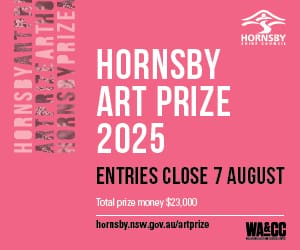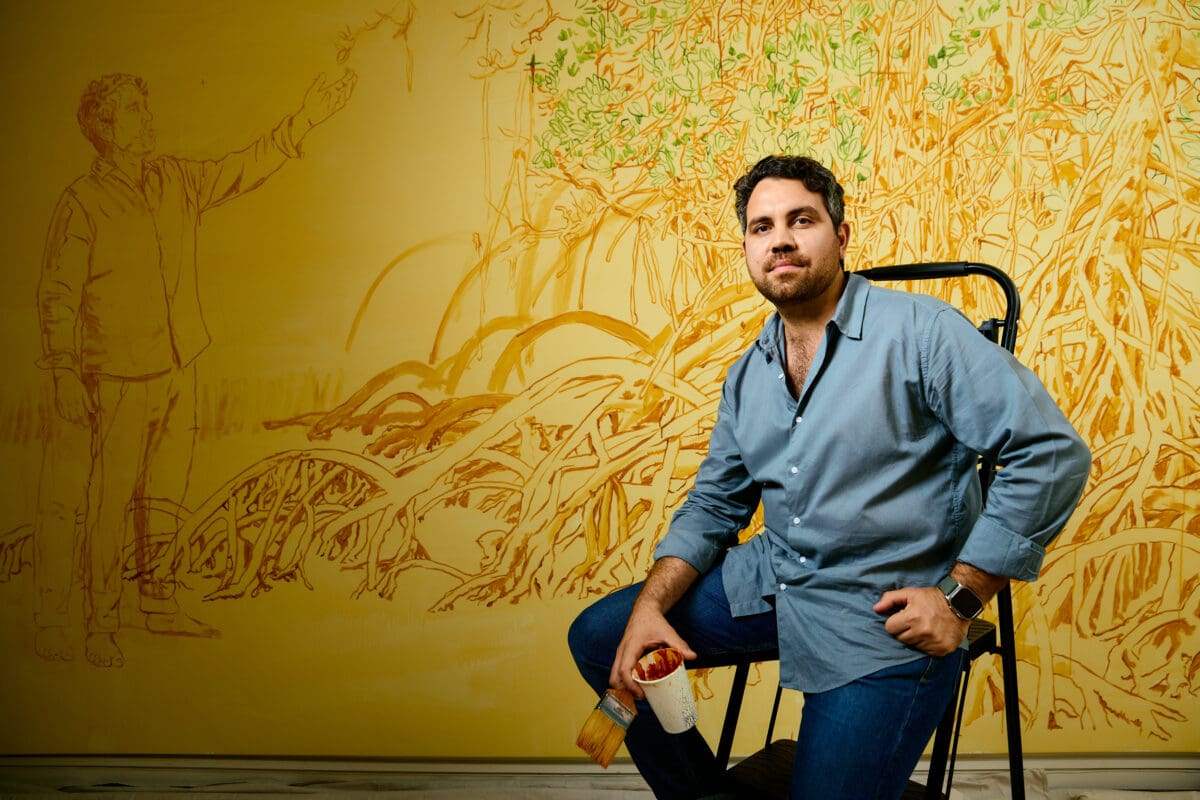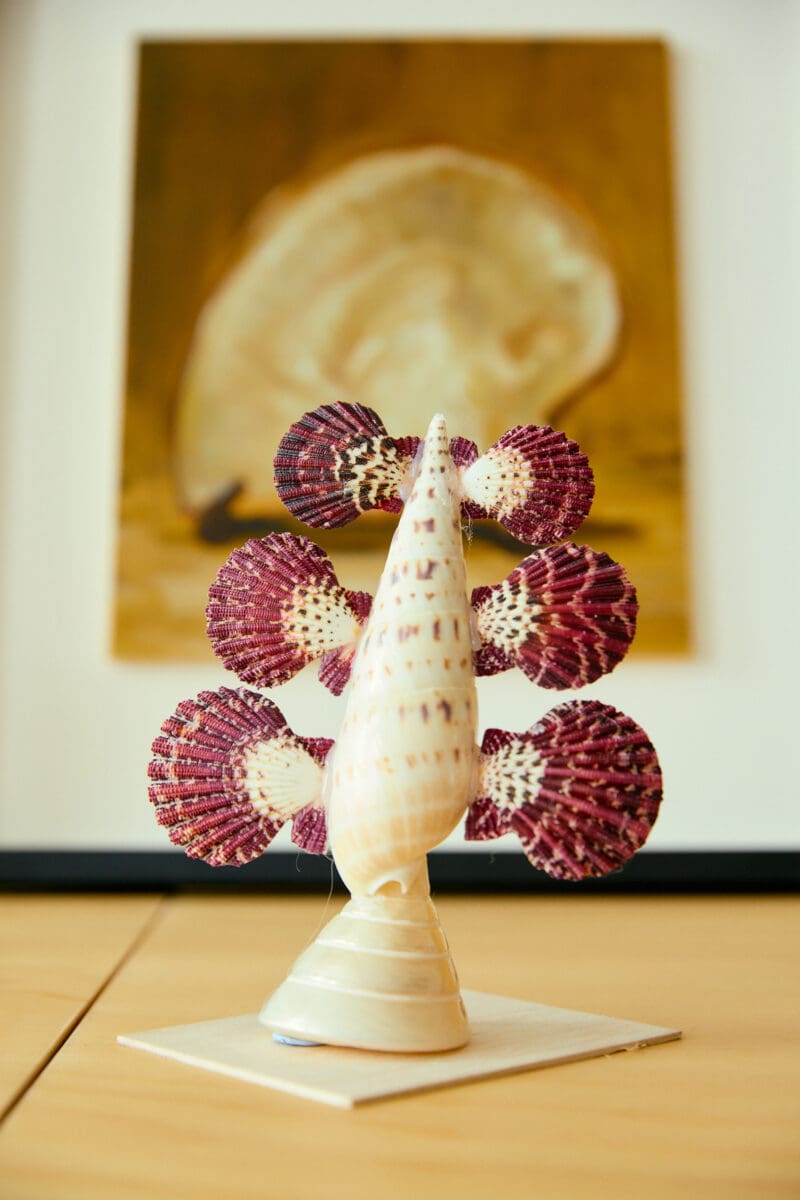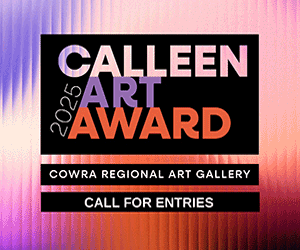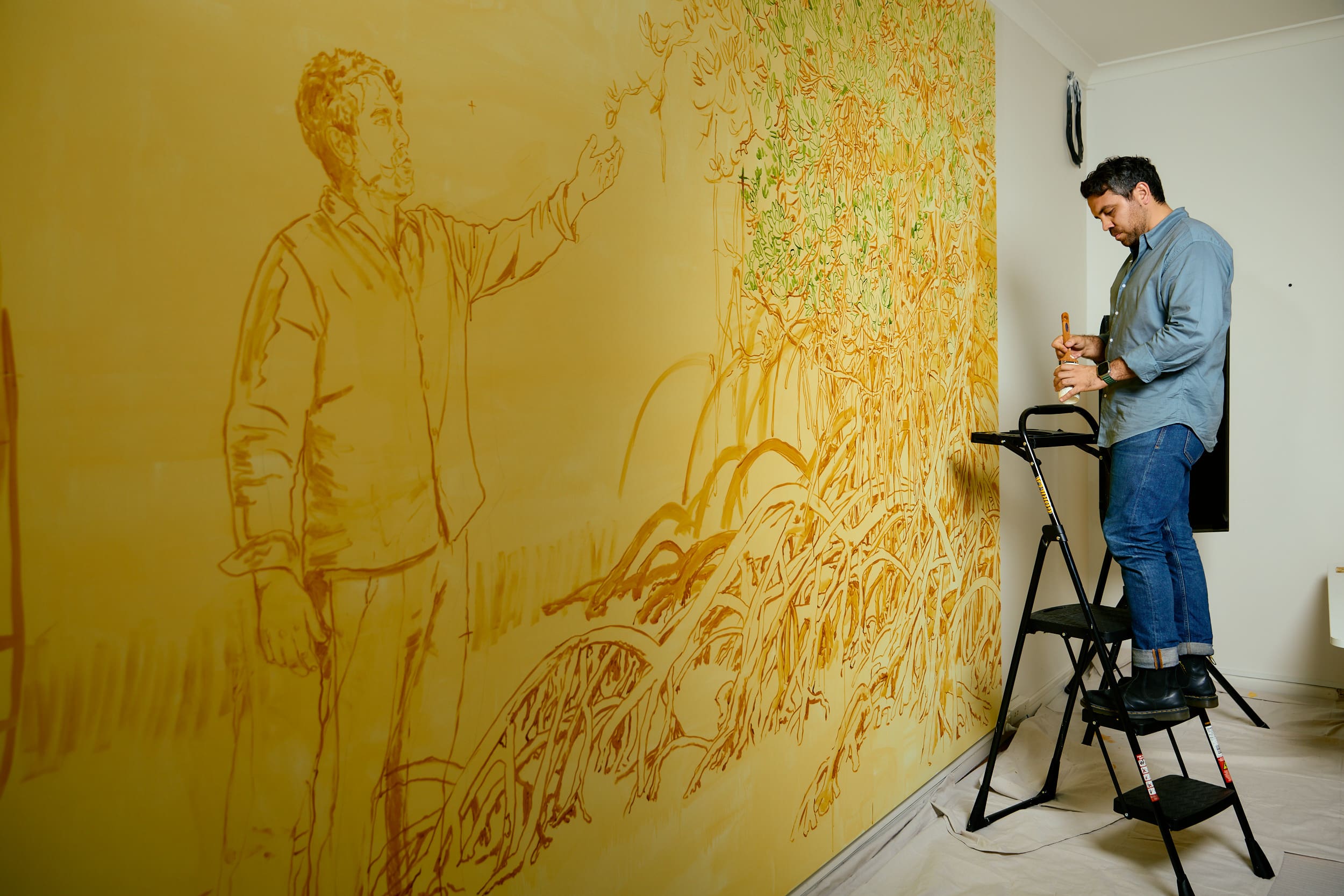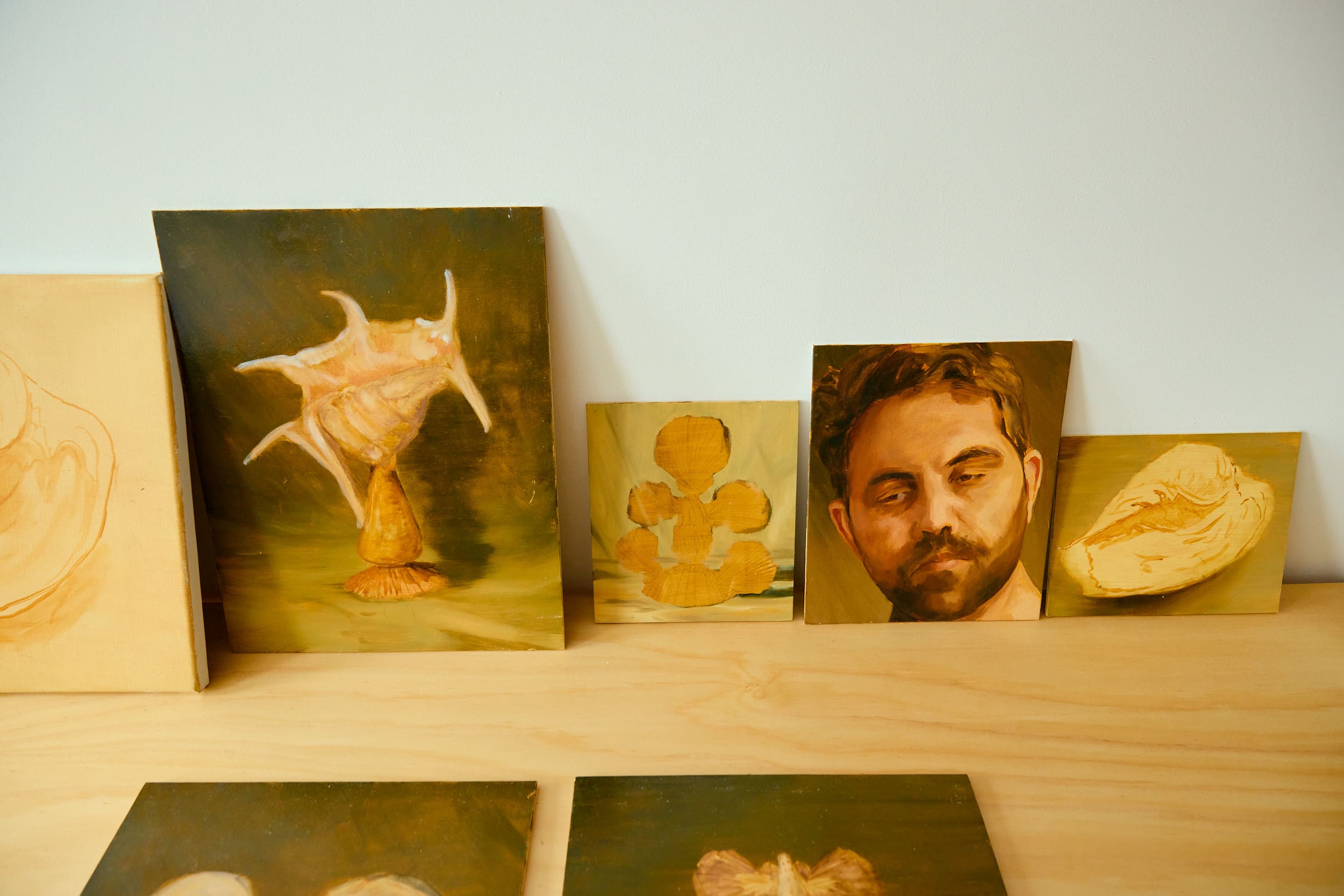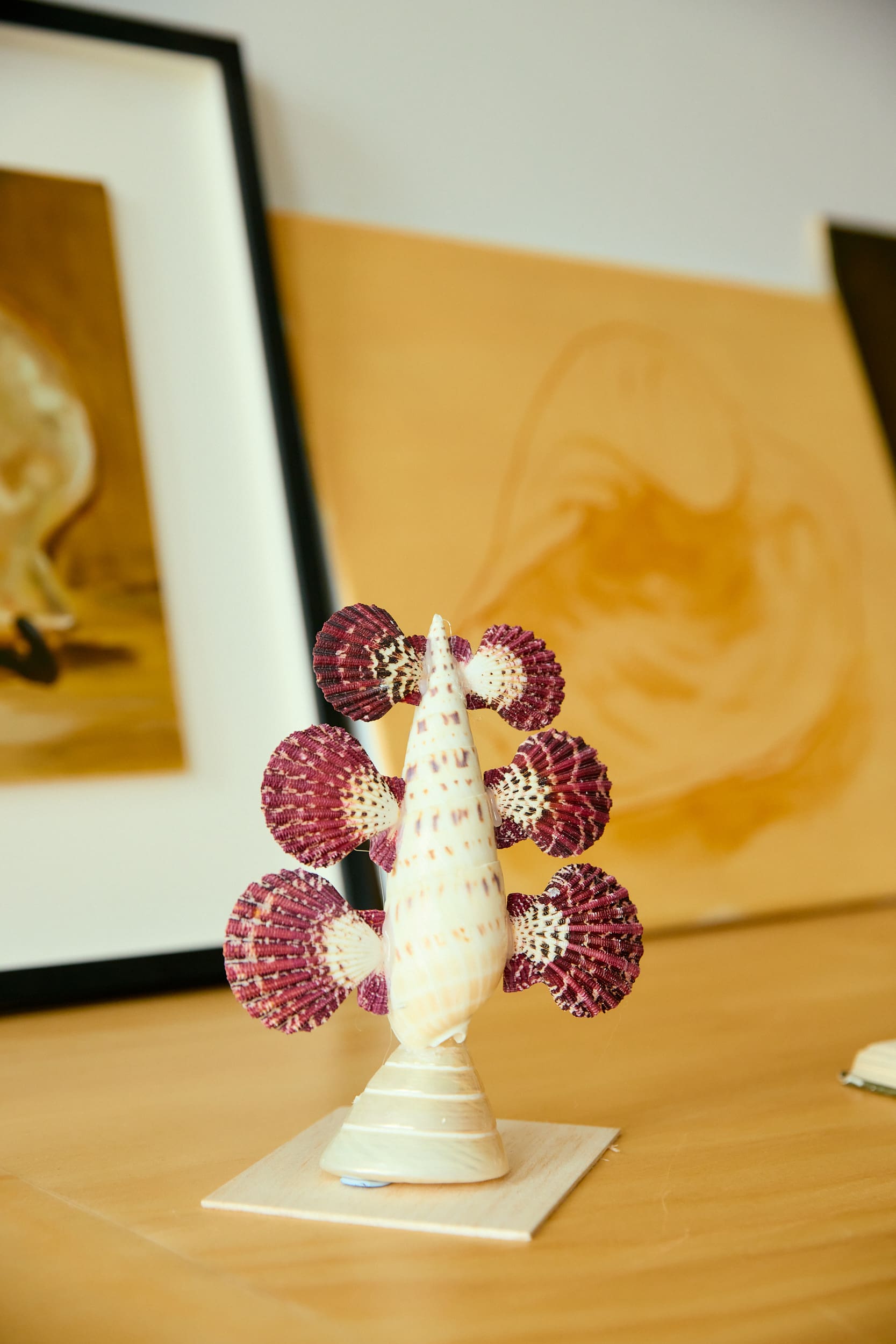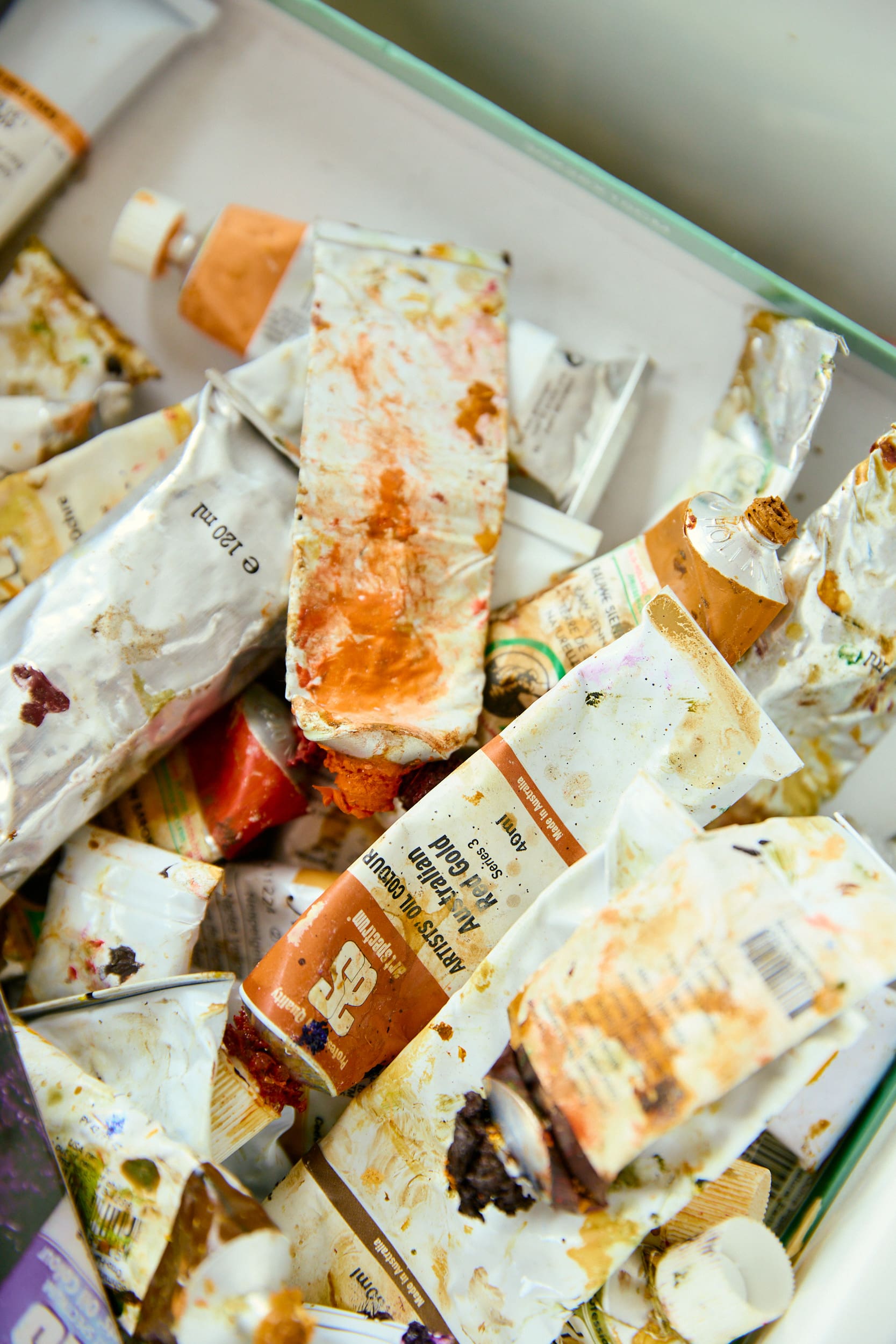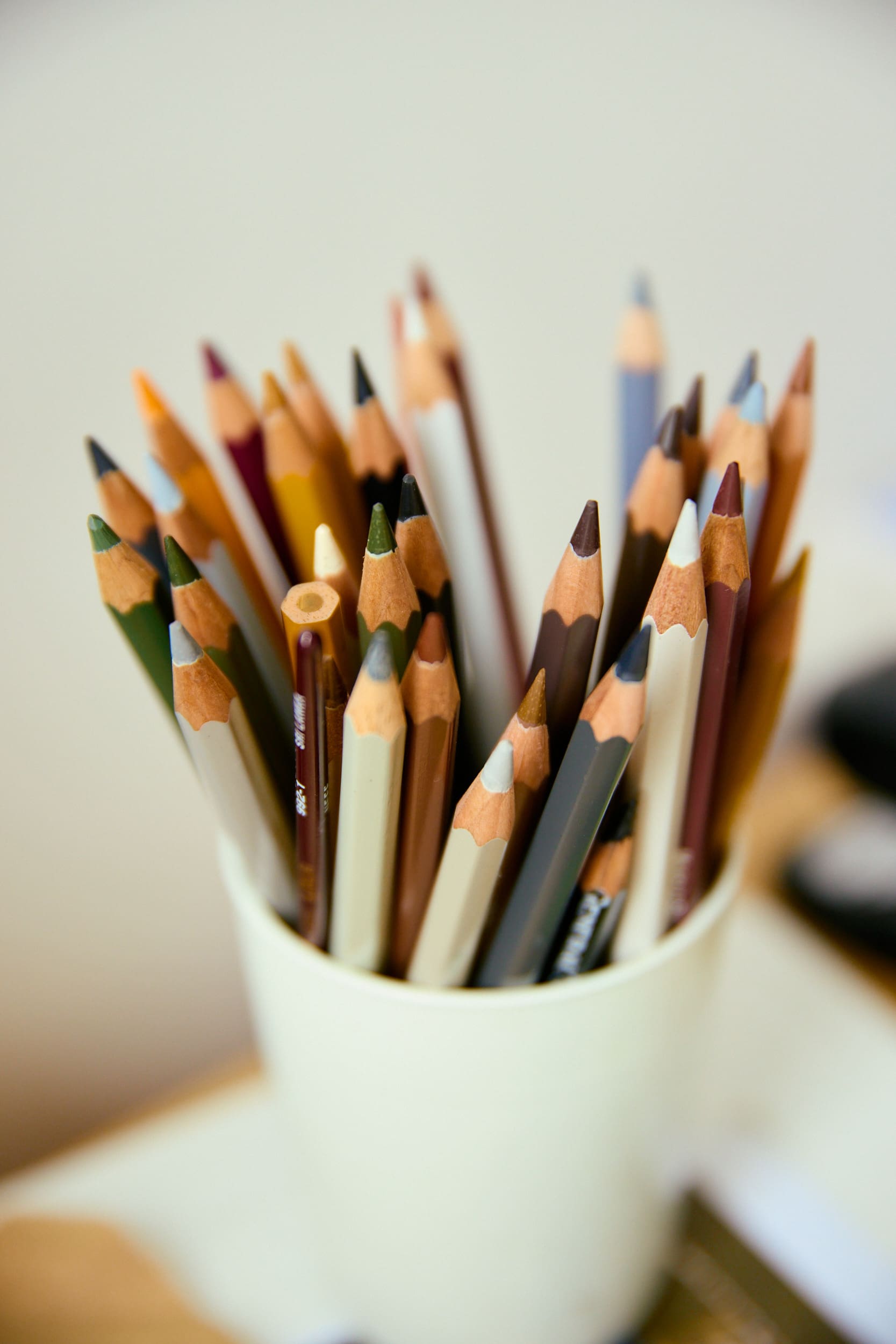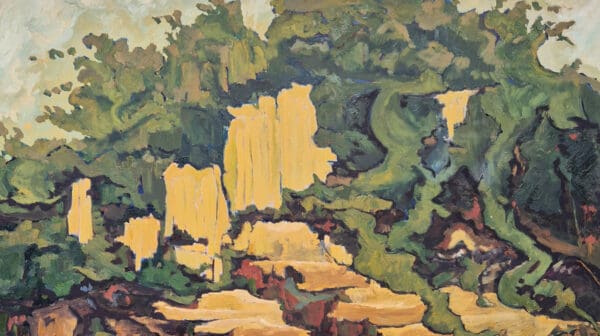Christopher Bassi has loved painting since he began, aged seven, taking classes in oil. As an only child, painting and drawing was his language. Later, he began studying art at age 25, graduating from Queensland College of Art in 2017. His paintings capture a particular light and colour, both familiar and indefinable, drawing on his Torres Strait Islander heritage (Meriam, Yupungathi), European art historical traditions, and a unique sense of place.
He recently exhibited in The National 4 at Campbelltown Arts Centre and Portrait 23 at the National Portrait Gallery, and he’s currently showing for the Museum of Contemporary Art’s Primavera, alongside Rearranged: Art of the Flower at Museum of Brisbane. Soon, you’ll find his work at the 18th Adelaide Biennial of Australian Art: Inner Sanctum.
While Brisbane is his home, his inspiration is vested in a matrilineal connection to Queensland’s far north, the sea, and the tropics. He’s had many studios, most recently above bustling Boundary Street in Brisbane’s West End. In this light-filled space, with wall-sized paintings, a table of watercolour drawings for a collaborative children’s book project with Cheryl Leavy, and a large computer, he responds to the ecology of making and thinking.
Place
Christopher Bassi: This is a relatively new space, but I always have a studio. I like the camaraderie of being around other creatives. Place is a thread throughout my practice, with painting a canvas into which to imagine. I was born in Brisbane, and my experience with Torres Strait Islander culture comes through my mother and trips north with family. It’s part of my personal journey, to understand who I am, how I relate to myself, my practice, but also to Country. I’m rooted in Brisbane, thinking about being in the Torres Strait, and acknowledging that distance. My work is about filling in the gaps.
I am the first person in my family to go to university, and I majored in painting and art theory, both of which influence my work. My last trip to the Torres Strait was important. I went to the location on Moa where my grandmother was born. The work in The National 4 was a recreation of that site. I stepped onto Country and had a feeling of belonging. The remains of a church reminded me of the London Missionary Society [an English evangelical missionary formed in 1795] and the way that it influenced culture. There were three palm trees in a triangle formation. They became an altarpiece, and I laid the church architecture flat to neutralise it. The landscape is the primary subject. My painting offers an association with the past connected to my own experience.
Process
Christopher Bassi: I worked in design for a number of years and those interests come through in different ways, using colour theory in my paintings, and the architecture that exists within the paintings and their depth, colour and light. I’m interested in the staging and the theatricality.
I love painting in the same way that an author can’t live without writing, because it gives access to something that you otherwise can’t articulate. The works I make are indebted to a European tradition, and to figuration that enables storytelling. Imagination is important to my practice.
The process is beautiful. The final product is a painting, but they evolve after my sitting and playing, trying to fit things together. There are a series of steps. The Primavera paintings feature shells, and began with thoughts about the ocean, the shells, and their relationship to each other. I’m also thinking about me, family, and the world. The objects are laid out for photography. I set the stage, operate the lighting, create a background, then use the computer to digitise. Often it’s very manual, with a physical model. The shells became small monuments to the southwest waters of the ocean. These waters connect us as seafaring people.
Some of the things I try to achieve in oil painting relate to technique. We don’t talk about technique, because it’s not discussed as a part of a conceptual practice, but it’s part of my language, from the way that paintings are constructed to how they’ve been used to tell stories.
Projects
Christopher Bassi: I’m making very large paintings for the Adelaide Biennial, featuring my body and mangroves. I use myself in the work because they are my stories. I’m very conscious of representation of First Nations bodies and putting them on display, particularly through understanding the history of that representation in Australia. I’m exploring with paint in a work called Meeting the Mangrove, based on mangrove communities in the Torres Strait. My totem is the mangrove seed pod, which breaks off in the ocean and floats across to other islands and re-establishes itself. It is like an epic poem (I’m reading John Milton’s Paradise Lost). That’s a huge story that tackles big themes like the fall of man. My hand reaches out in a gesture like in Michelangelo’s The Creation of Adam in the Sistine Chapel. I’m pulling that from art history, meeting the non-human, the mangrove as a main character.
It’s a relationship I’m speaking about, a relationship with environment, place, my grandmother and family. Artists use painting for so many different things. But for me, this idea of storytelling, open-endedness, imagining, and being totally engulfed by something of this scale is epic.
I’m also in Rearranged: Art of the Flower at Museum of Brisbane. It has been a busy year, a process of me figuring out what it means to be an artist. I’m still finding my stride, having never worked at this pace before. I’m a slow thinker, a slow maker: oil paintings take time to evolve.
Primavera 2023
Group exhibition
Museum of Contemporary Art (Sydney NSW)
On now—4 February
Rearranged: Art of the Flower
Group exhibition
Museum of Brisbane (Brisbane QLD)
On now—11 August
18th Adelaide Biennial of Australian Art: Inner Sanctum
Group exhibition
Art Gallery of South Australia (Adelaide SA)
1 March—2 June
This article was originally published in the January/February 2024 print edition of Art Guide Australia.

